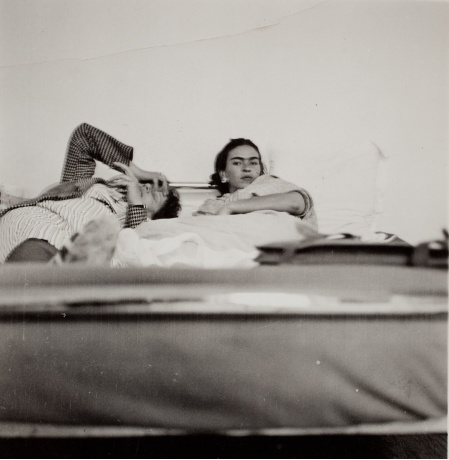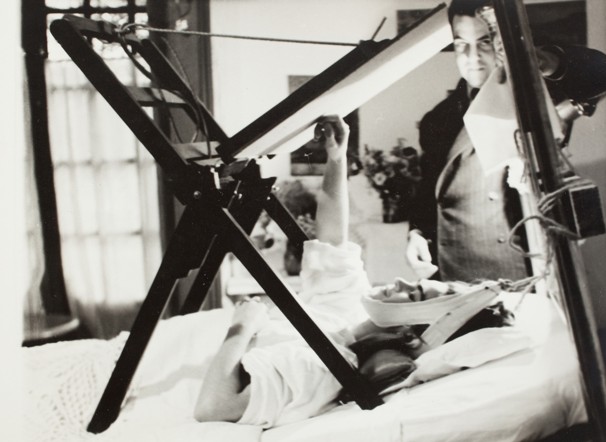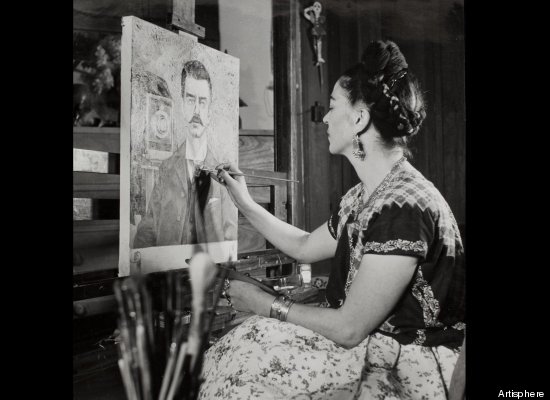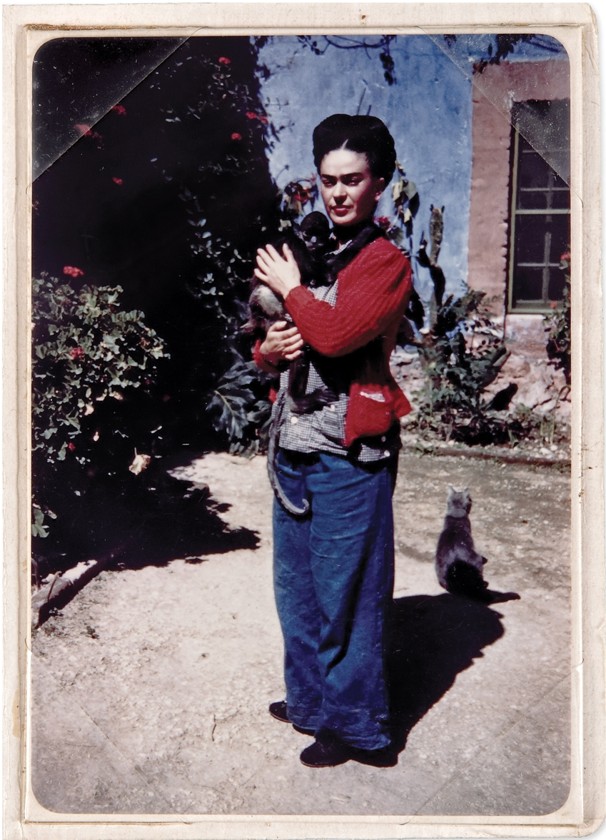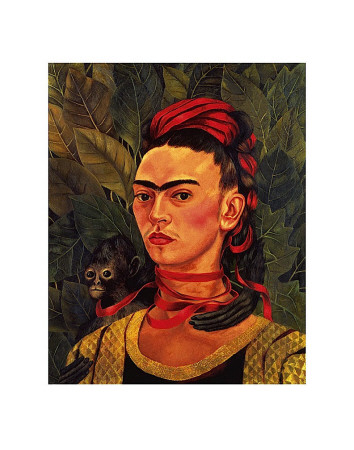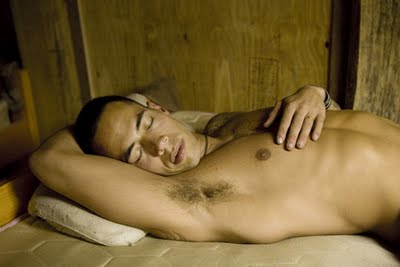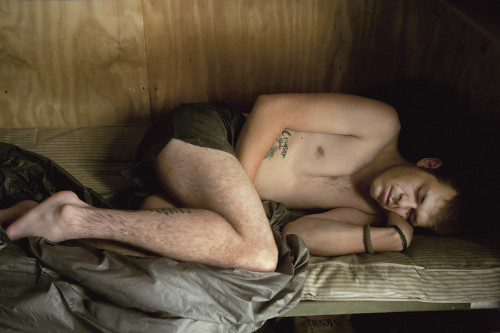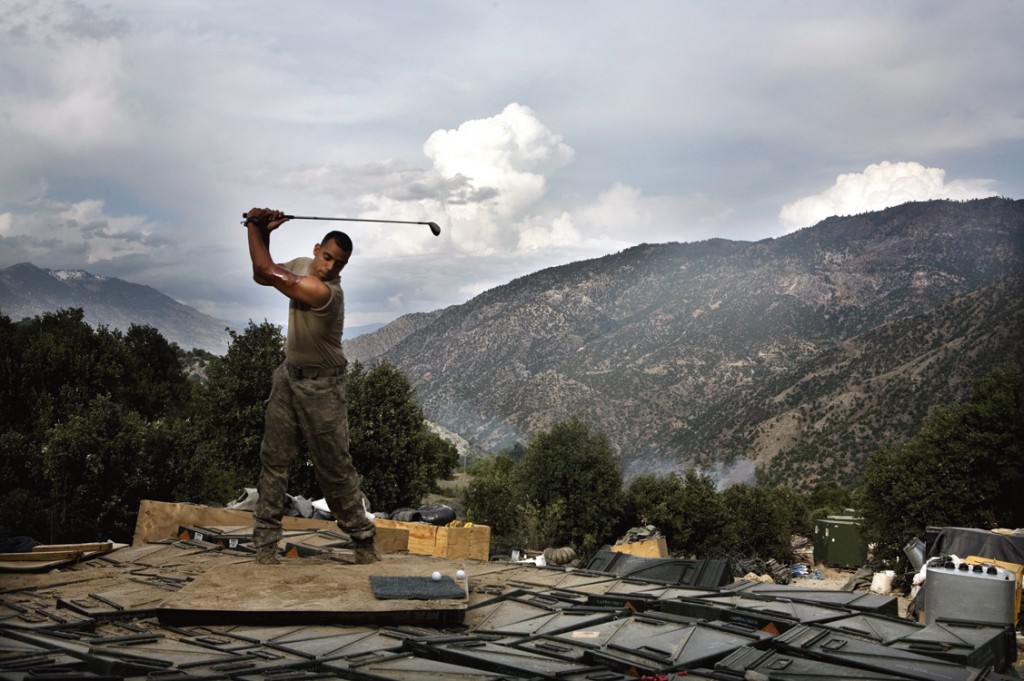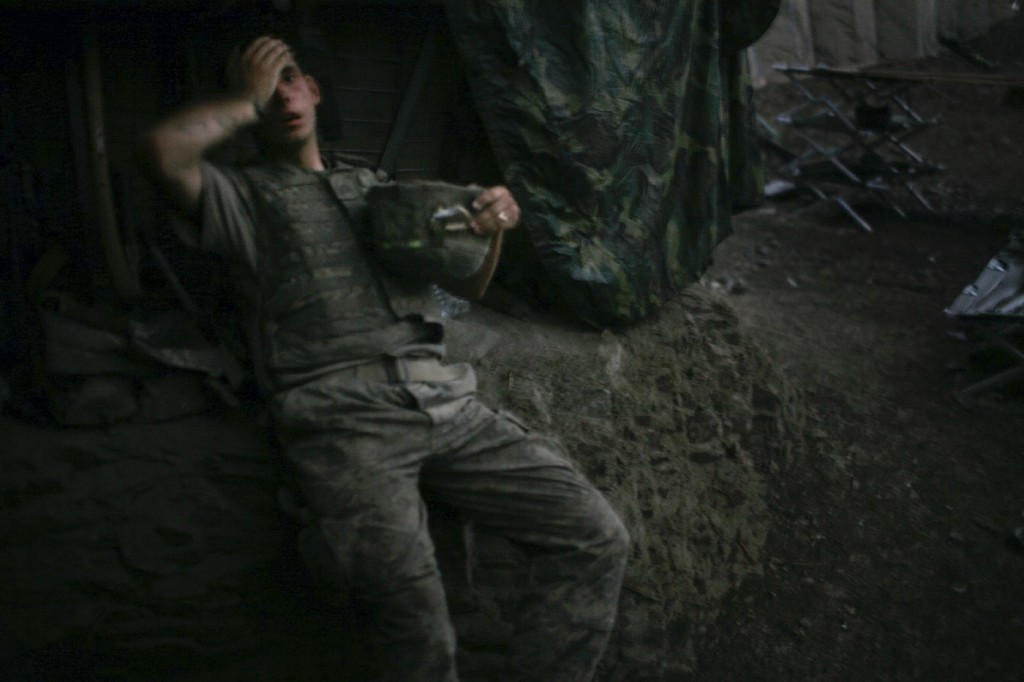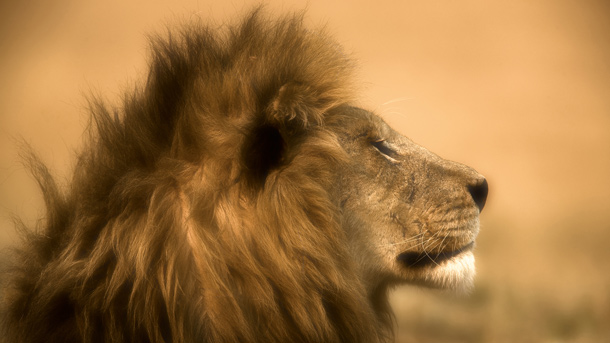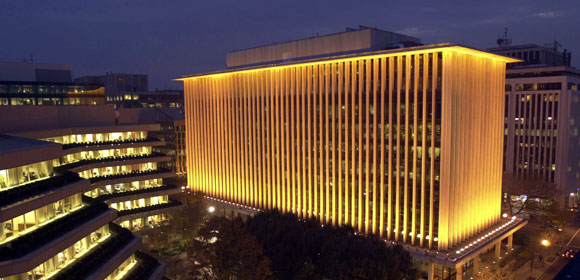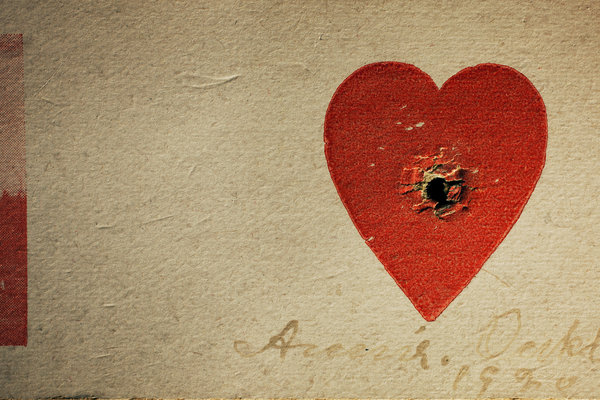As someone who adored the colorful, poignant movie “Frida” (and Salma Hayek’s saucy portrayal of the famous Mexican painter) and who could just spend hours poring over vintage photographs, I’m interested in the exhibit which opened last night at Artisphere in Arlington. Called “Frida Kahlo: Her Photos,” it’s less a showing of artwork than a historical collection of photographs, curated by Mexican photographer Pablo Ortiz Monasterio. He selected 240 images from Frida’s personal collection of over 6,500 (which had been sealed away for more than 50 years following her death in 1954.) This is the first showing in the United States; the permanent collection is at the Frida Kahlo Museum in Mexico.
Frida is known for her tumultuous life as much as for her powerful self portraits. Her adulthood was filled with physical and emotional pain, from accidents, surgeries, miscarriages and her chronically unfaithful husband (famous Mexican painter Diego Rivera). She also had her own string of flings with other cultural icons of the era. It was a life fit for the movies. But a show like this offers us the unique gift of the camera: a personal, up close view into the every day reality of a luminescent person long gone.
A few more samples from the show:
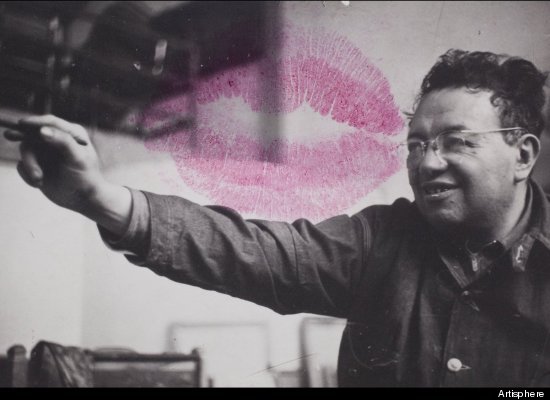
Diego Rivera in 1940. Frida's father referred to their union as that between an "elephant and a dove"

